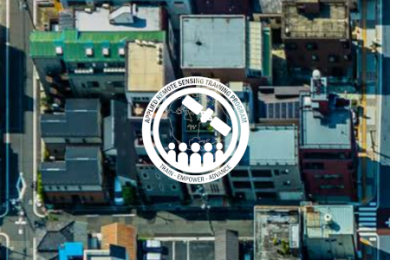
The training date is in the past. However, videos and resources of the training can be accessed here.
Population distribution data are essential for planning and decision-making in regions faced by crisis or conflict, and they are also useful for monitoring progress towards the sustainable development goals (SDGs). Decision-makers need to know where people are located, what conditions they are facing, what infrastructure is available, and what basic services they can access. And we also need to ensure that no one is left off the map in pursuit of the SDGs or in response to disasters.
Gridded population data, which often uses remote sensing inputs to improve the spatial allocation of population within a country, are vital for all these purposes. Together with the growing variety of applications that require spatial population data, there is now a bewildering array of population grids, and users need to know which ones are most suitable for their applications.
This 2-part training, developed and presented by members of the POPGRID Data Collaborative, will focus on the different global population grids and their application to a range of topics related to development planning and monitoring of the SDGs (e.g., environment, hazards, and access to resources). Attendees will be exposed to the latest data and methods used to produce global grids, how the grids incorporate remote sensing inputs, and how population grids can be used in conjunction with other types of data.
By the end of this training, participants will:
- Identify what are and what distinguishes the various population grids
- Become familiar with POPGRID’s online for visualization and intercomparison of population grids for specific regions and types of data of interest
- Identify uses of population grids in different application areas (sustainable development, health, environment, emergency management, and humanitarian relief)
- Recognize what disaster risk reduction exposure data is and how it is used in the human and economic loss due to disaster
- Learn the basic process of developing exposure data and how remote sensing data could contribute to it
- Understand disaster risk reduction uncertainty and the appropriate use of results
- Describe SDG indicator 9.1.1 (Rural Access Index) and how it is measured
- Identify the inputs used to calculate the Rural Access Index (RAI)
- Recognize the advantages and the limitations of using currently available open global data sources to calculate RAI
- Explain why the choice of gridded population input can lead to different results for this “simple” indicator
National Statistical Office representatives, government agency technical staff, national policymakers involved in sustainable development, health, environment, emergency management, and humanitarian relief.
